Biophoton Research
Explore the revolutionary science of biophoton energy through these groundbreaking reports. This cutting-edge clinical data provides compelling evidence of anti-aging biomarkers and enhanced cellular energy dynamics, offering new insights into optimizing biological function and promoting systemic vitality at the cellular level.
Click below each report to download.
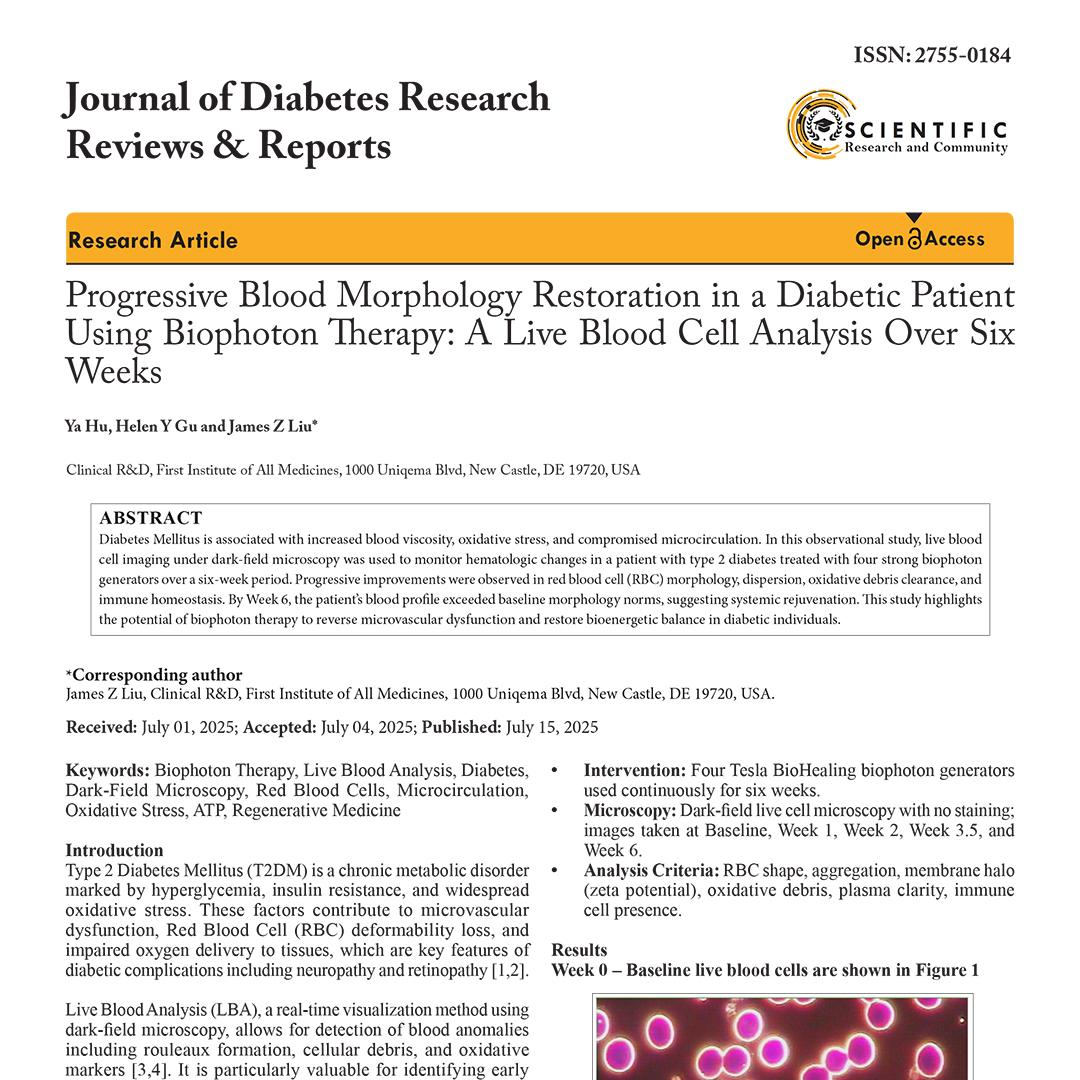
Progressive Blood Morphology Restoration in a Diabetic Patient Using Biophoton Therapy: A Live Blood Cell Analysis Over Six Weeks
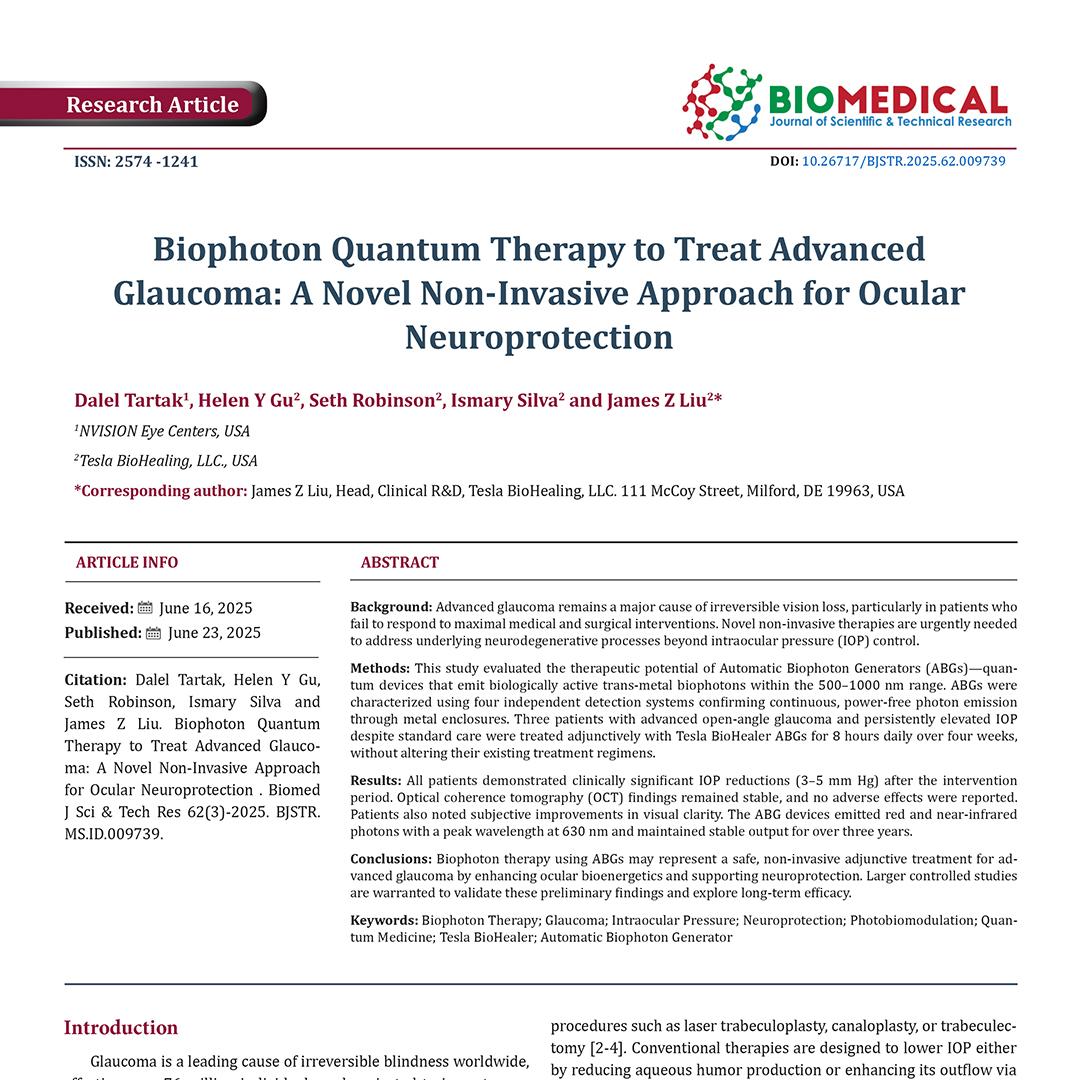
Biophoton Quantum Therapy to Treat Advanced Glaucoma: A Novel Non-Invasive Approach for Ocular Neuroprotection

Biophoton Quantum Medicine: A Novel Approach in Cancer Treatment

Reversal of Tissue Glycation and Cholesterol Accumulation by Strong Biophotons: A New Anti-Aging Mechanism

Safety and Efficacy of Biophoton Quantum Medicine in the Treatment of Neurodegenerative Diseases
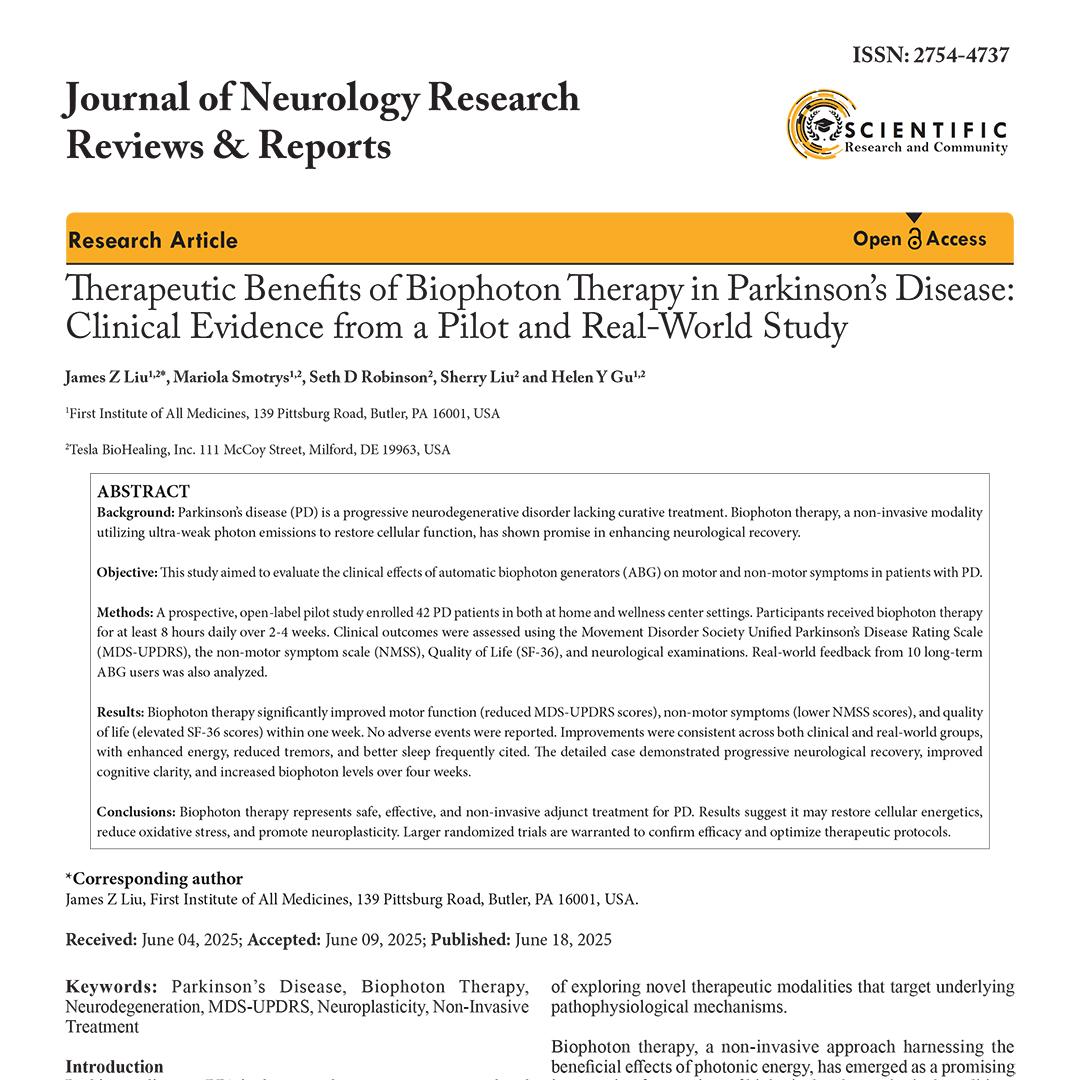
Therapeutic Benefits of Biophoton Therapy in Parkinson's Disease: Clinical Evidence from a Pilot and Real-World Study

Biophoton Quantum Therapy Enabled Cancer Treatments to Reach their Utmost Goal of Cancer-Free
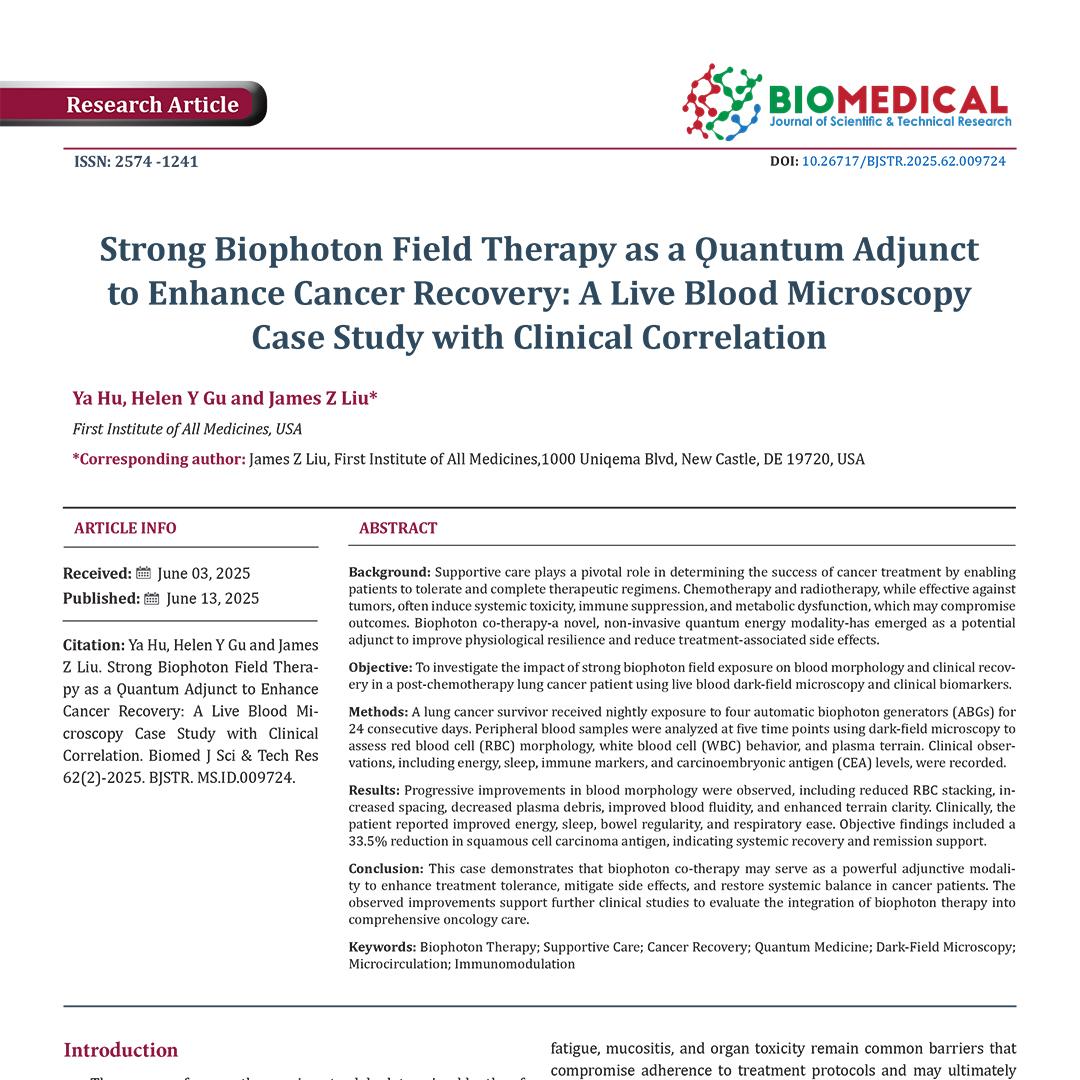
Strong Biophoton Field Therapy as a Quantum Adjunct to Enhance Cancer Recovery: A Live Blood Microscopy Case Study with Clinical Correlation

Biophoton Therapy Successfully Treated Multiple Gene Mutations Associated with a Rare Muscular Degenerative Condition: Case Report
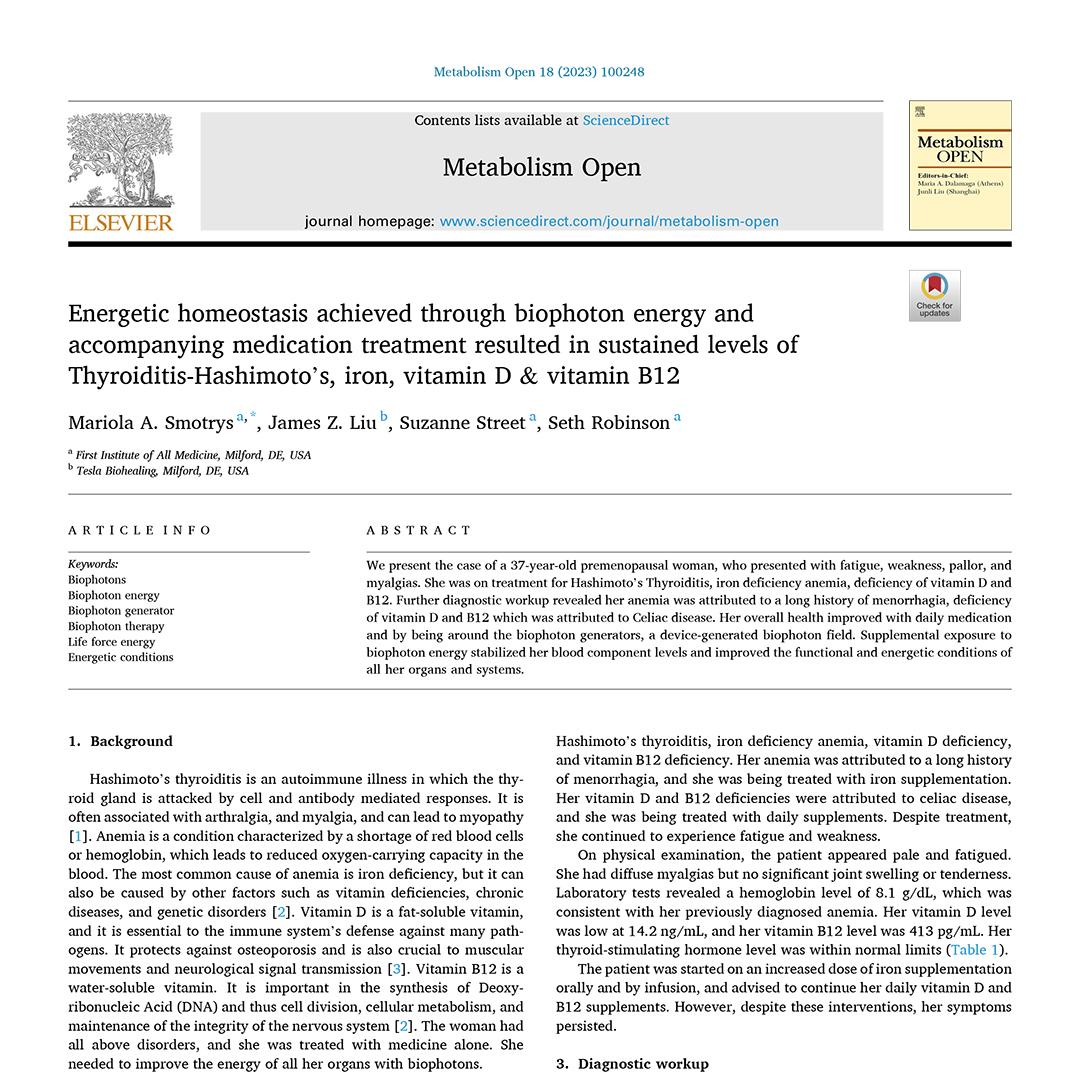
Energetic homeostasis achieved through biophoton energy and accompanying medication treatment resulted in sustained levels of Thyroiditis-Hashimoto's, iron, vitamin D & vitamin B12
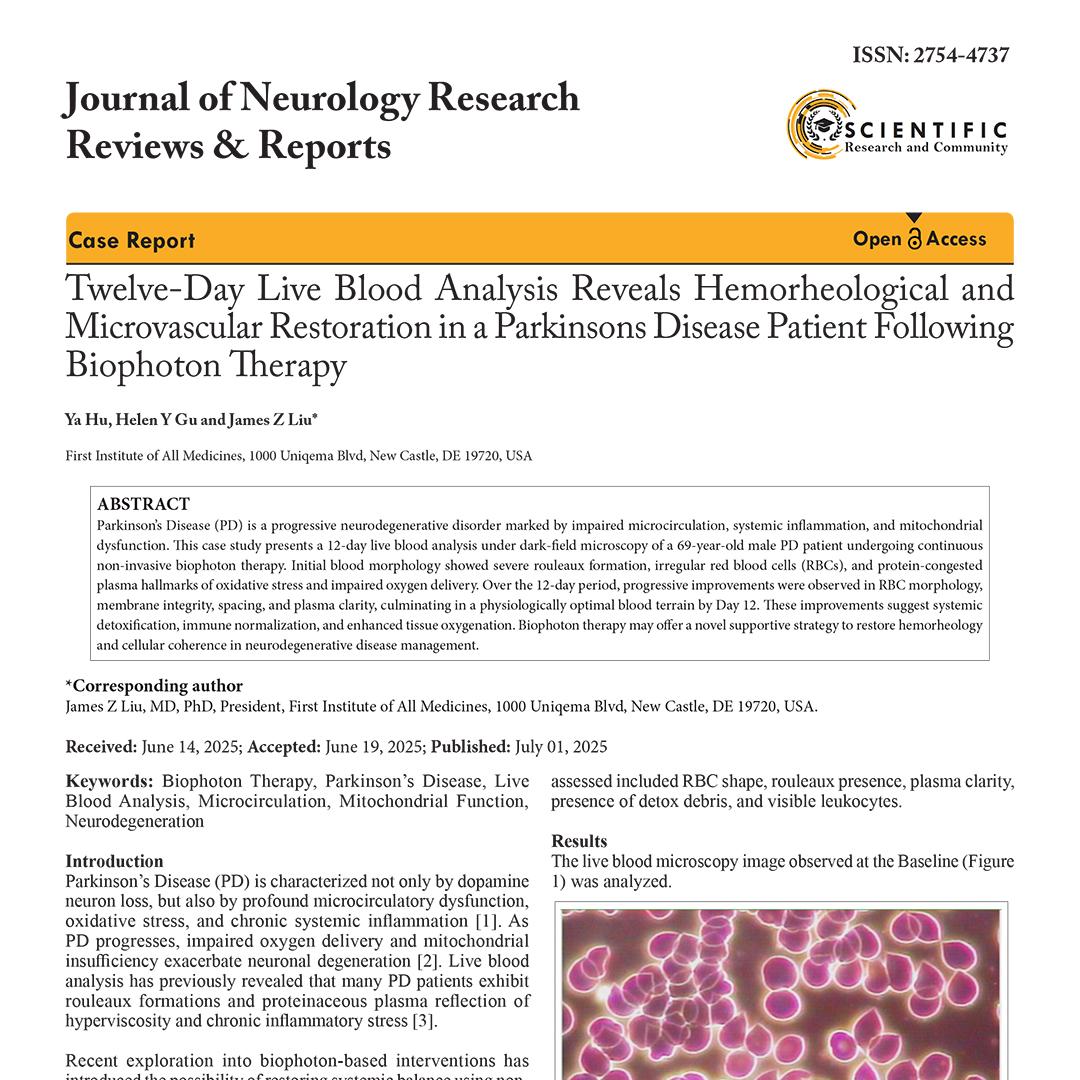
Twelve-Day Live Blood Analysis Reveals Hemorheological and Microvascular Restoration in a Parkinsons Disease Patient Following Biophoton Therapy
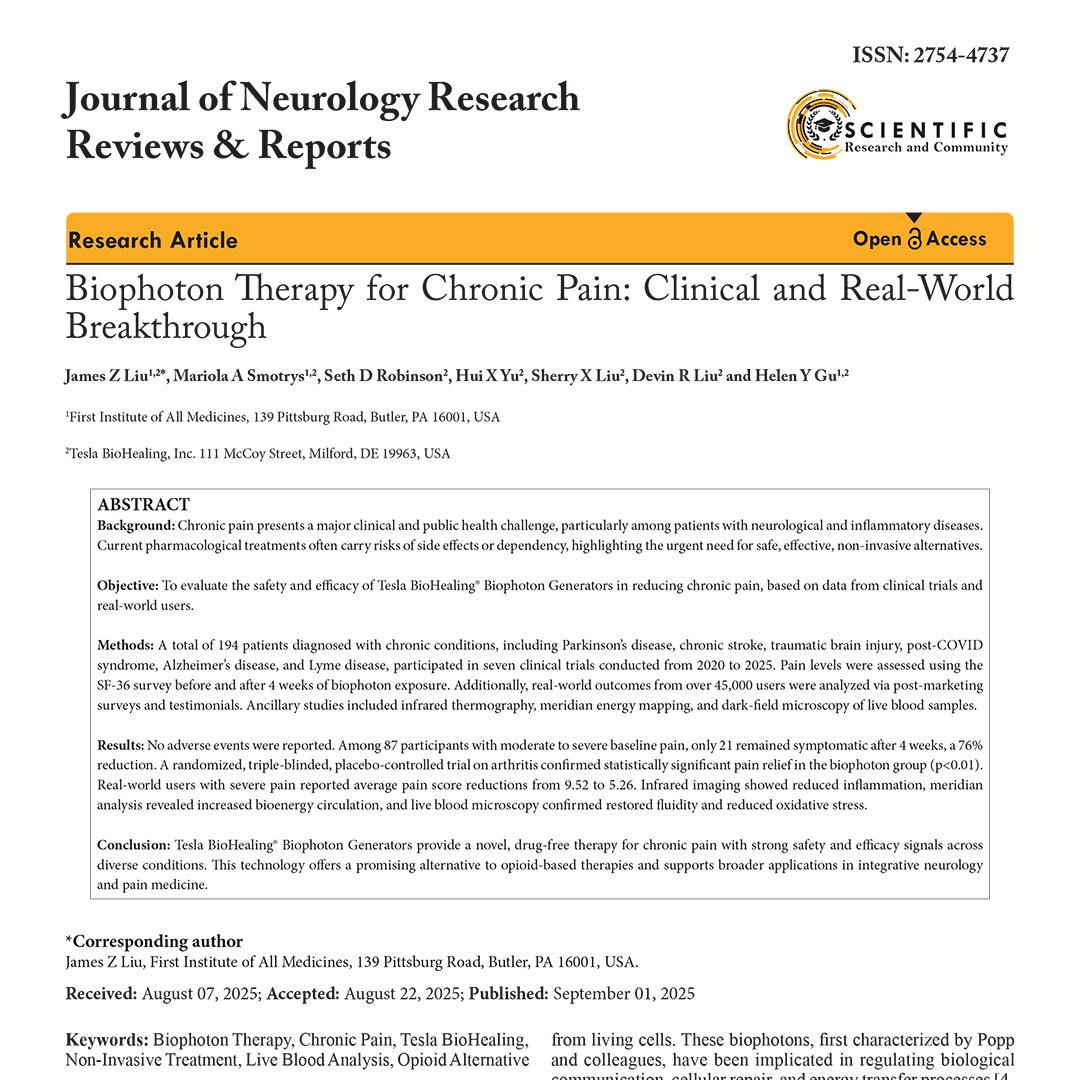
Biophoton Therapy for Chronic Pain: Clinical and Real-World Breakthrough
